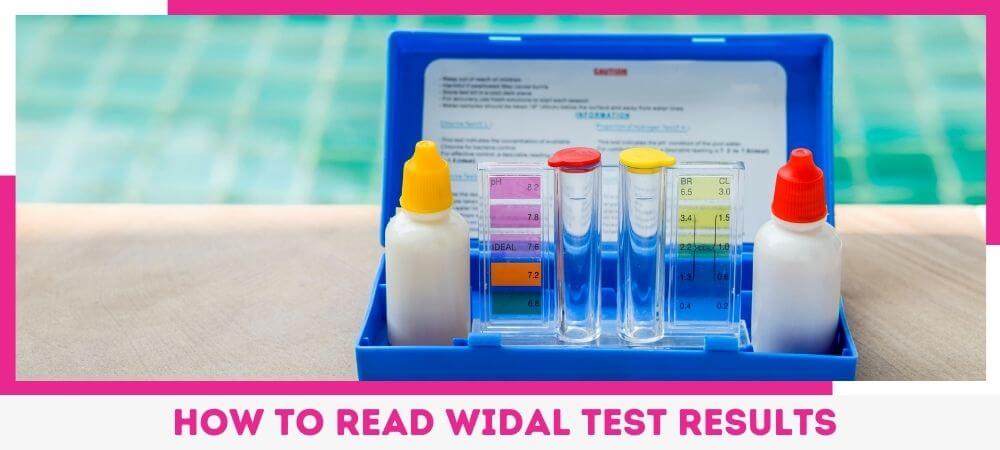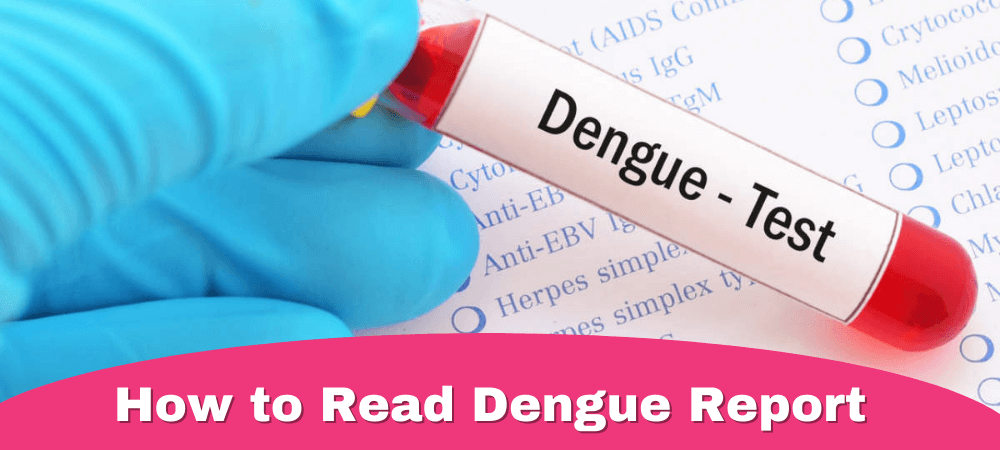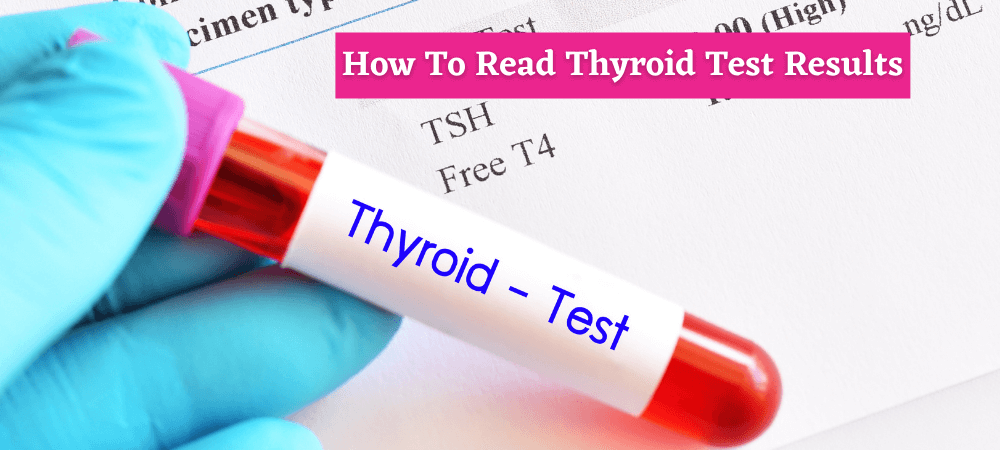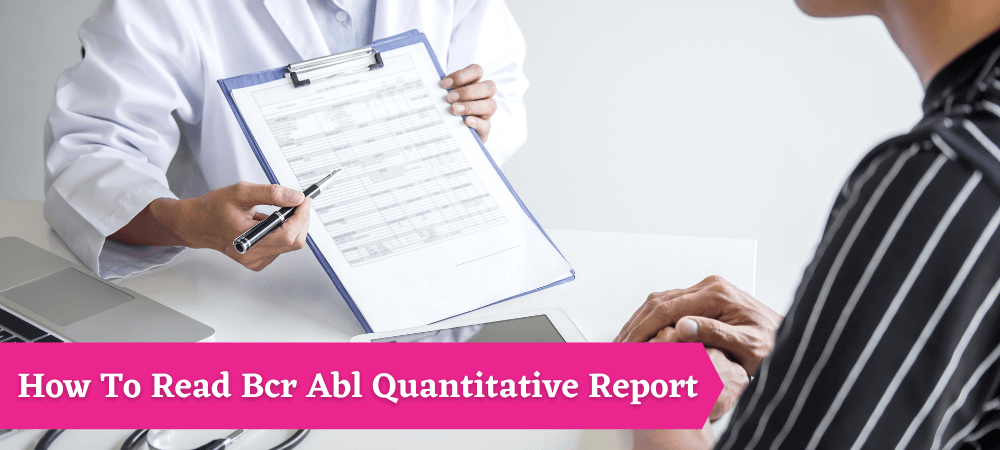According to the World Health Organization, the average death count of people who die from high blood pressure is around 10 million. Quite high. Right? You can keep your blood pressure in check with old-school methods by going to the doctor or using a kit designed for home use.
These two methods will get outdated with technological innovation. Speaking of technology, many people use smartwatches and fitness bands to monitor their health, so the question remains, can smart watches measure blood pressure? If yes, then how? You will find out that in this article.
Smartwatch – What is it, and What can it do
A smartwatch is wearable like a wristwatch with more functions like calling, messaging, heart rate tracking, steps counter, stress level checker, etc.
Considering the current trends, most smartwatches can measure the following four things:
- Heart rate
- SpO2 percentage
- Stress level
- Sleep tracking
The cheaper ones do not come with the sensors required to measure. However, few smartwatches can measure bp(blood pressure).
How does Smartwatch Measure Blood Pressure
The hand-tightened cuff of the digital blood pressure monitor used by doctors is used to assess blood flow pressure. With a smartwatch, it’s different, though.
Smartwatches monitor health information through the sensor on the back, including heart rate. Smartwatches use an optical heart rate sensor.
It measures the time a pulse takes to reach the wrist from the heart. It also goes by Pulse Transit Time (PTT), and it uses that to display blood pressure values. The pulse transit time is influenced by both blood pressure and is faster in high blood pressure and slower in low blood pressure.
The waiting time to get the result from the smartwatch is high as it calculates blood pressure measurements slowly. Also, to get the best possible outcome, temporarily block the blood flow with a strap or cuff. By doing so, the heart enables blood to circulate through the body with the necessary force.
In simple language, the smartwatch measures the time it takes for blood to get from the heart to your wrist and then displays your blood pressure. This is how smartwatches gauge a person’s blood pressure.
Although this technology is still in the beginning phase, there are now certain smartwatches on the market that can monitor blood pressure.
Bottom Line
Smartwatch technology is helpful to a certain extent, and if you have people in the house (likely age above 50) with high or low blood pressure issues, having a smartwatch can keep you informed about their stats. Still, the fact remains that relying on a smartwatch entirely is not a good move.
For healthcare-related checks, visit the Grace Laboratory website and book your home visit today.





